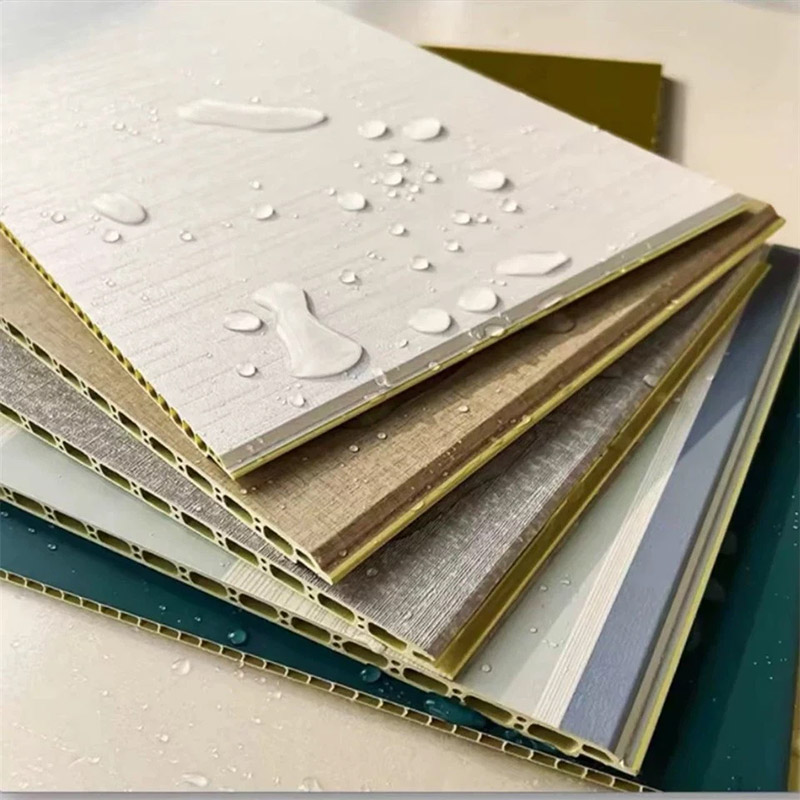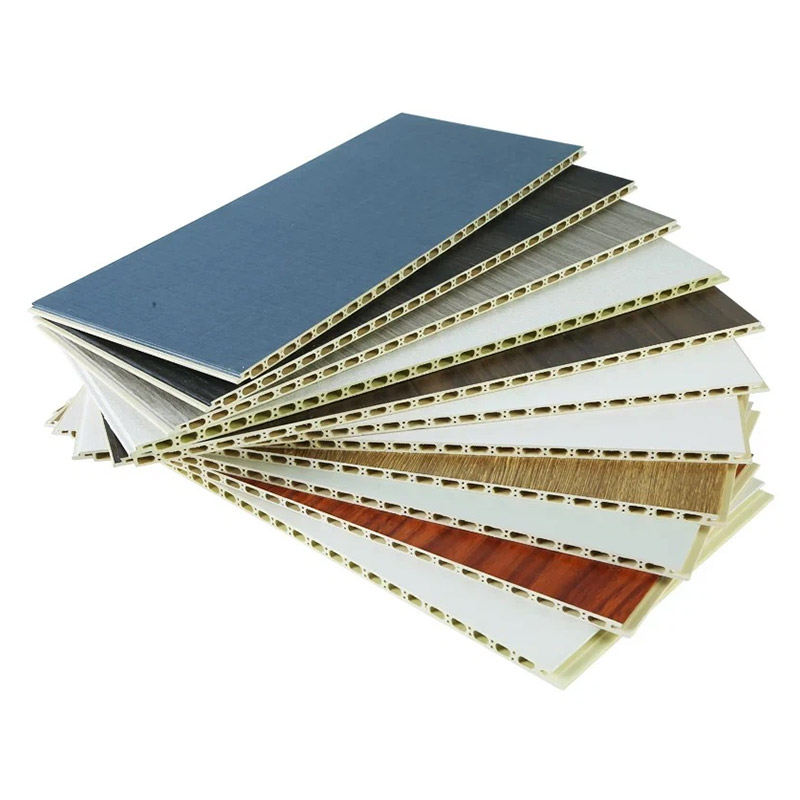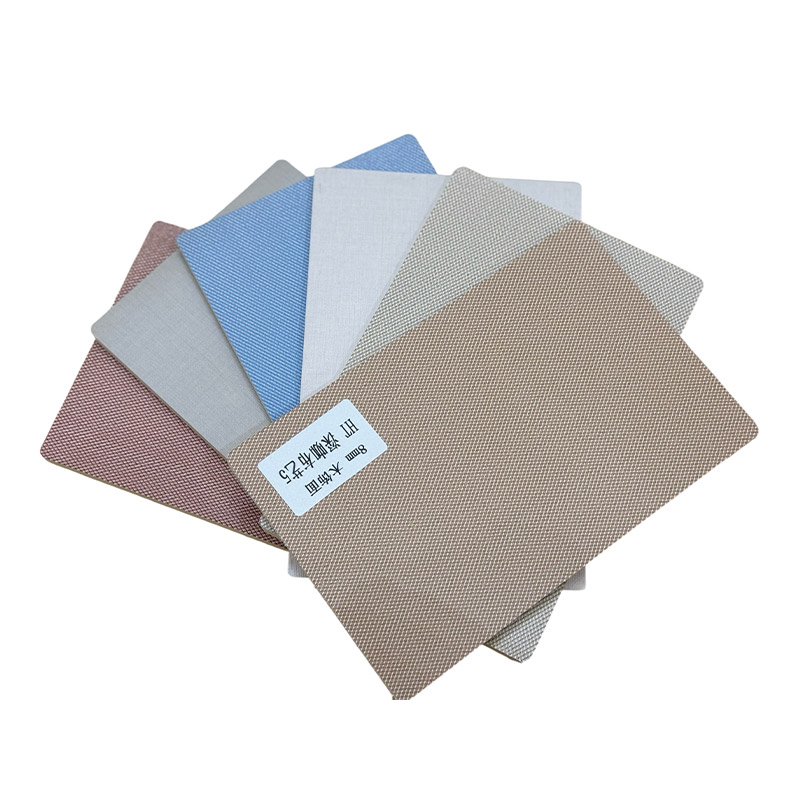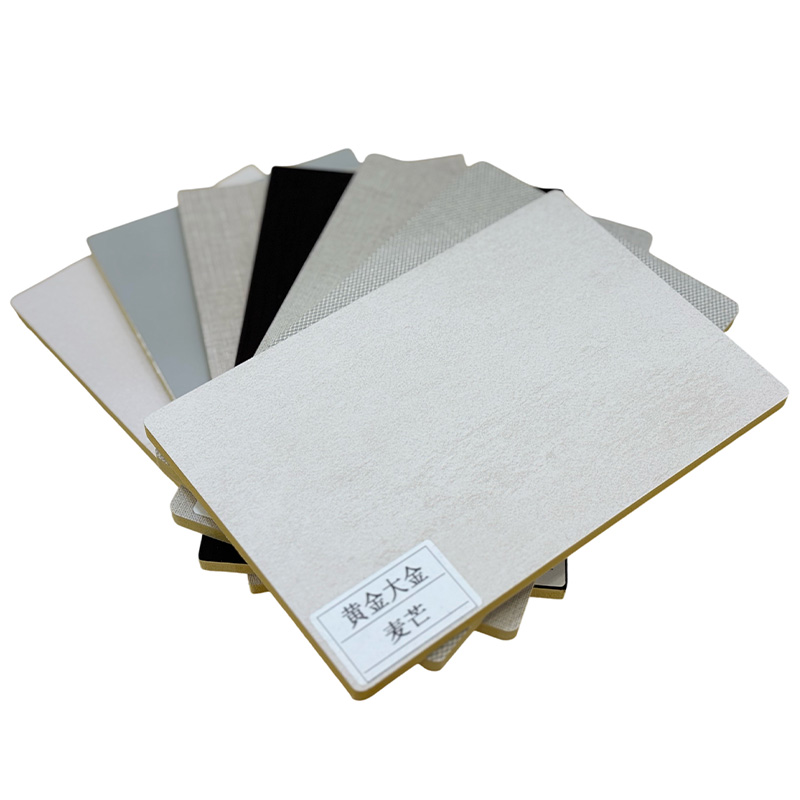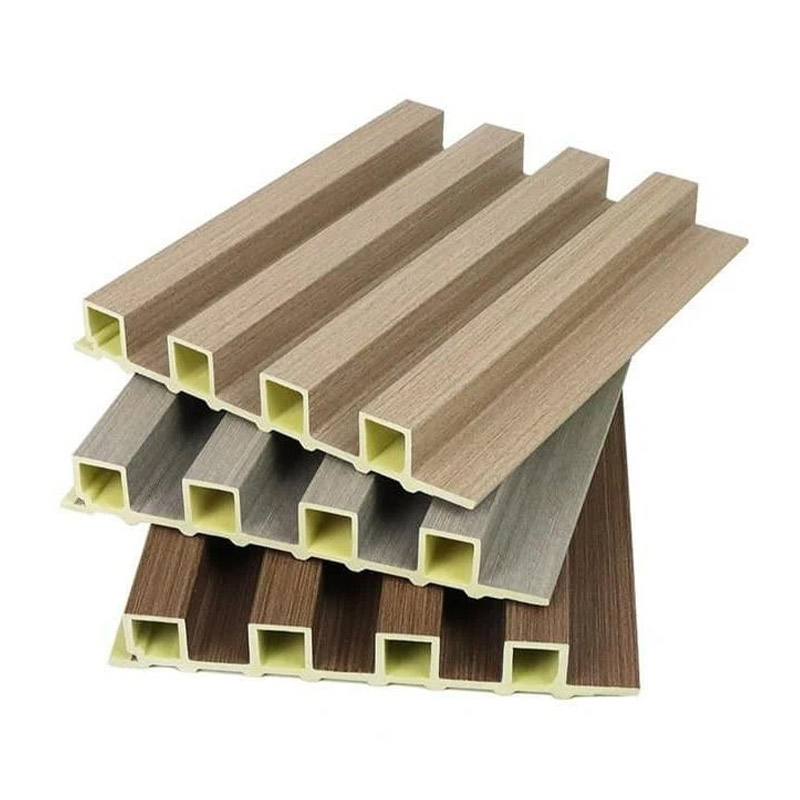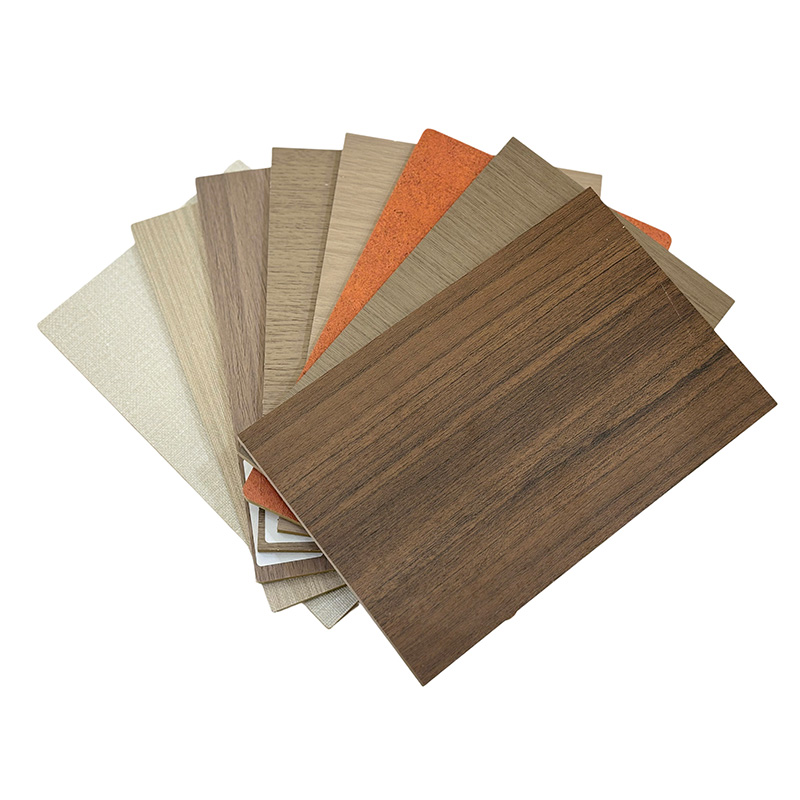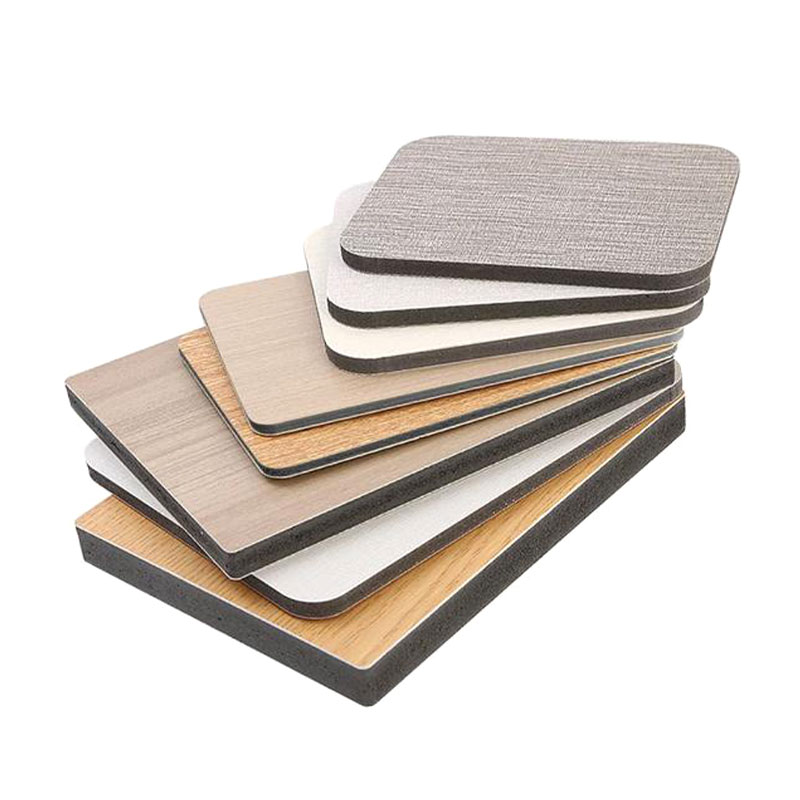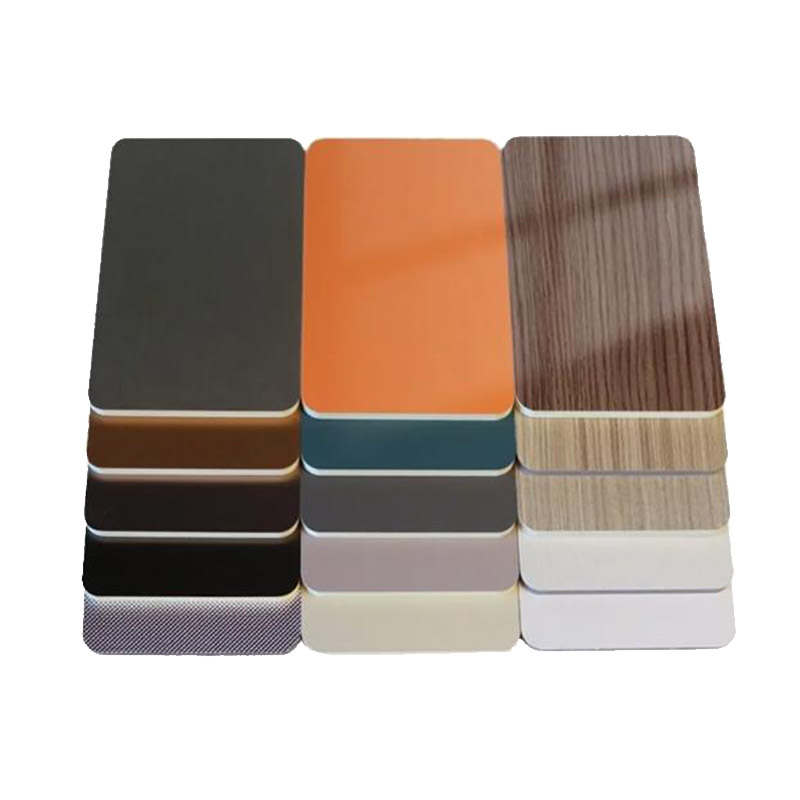How to Cut WPC Wall Panel?
Although the WPC wall panels seem difficult to cut, having the correct cutting tools makes it easy to get clean cuts which improves the slimming look and durability of the installation. Be it the natural wood grain panels, decorative grilles, or the waterproof varieties, this article will be of great aid to both DIY enthusiasts and professionals.
Cutting the WPC wall panels video
Table of Contents
Preparations Before Cutting WPC Wall Panels
A proper preparation can prevent costly errors When using premium materials such as Bamboo fiber WPC panel, or customized solutions.
Measure Twice, Cut Once
Begin by measuring the space of installation precisely, including the spaces around windows, door frames and electrical outlet. Apply these measurements to your WPC panel with the pencil and straightedge. For panels with patterns, such as wooden grain, solid bamboo or fabric grain models, align cuts to the pattern in order to ensure the visual coherence. Always double-check measurements, 1 millimeter error could ruin the fitting.
Set Up a Safe Workspace
Set the panel on a level, stable surface such as a workbench. Attach it with clamps to stop it from shifting when cutting. This is a requirement to ensure straight edges. Safety gear is required Safety glasses to shield from debris flying around, gloves to grip and a mask to keep from breathing in WPC dust, which could be irritating to the lungs.
Understand Your Panel
WPC wall panel mix wood fibers with plastic which makes them more dense than wood in its pure form. More brittle options like Great Wall Board or anti-collision waterproof versions require more precise tools. Make sure your panel is covered with an anti-slip coating, such as the easy-clean coating on certain bamboo fiber boards. Then, adjust your cutting method to ensure that you don’t damage it.
Tools for Cutting Different WPC Panels
The right tool depends on your panel type and cut complexity. Here’s what works best:
| WPC Panel Type | Recommended Basic Tools | Recommended Professional Tools |
| Thin panels (e.g.,Solid Color Wood Veneer Bamboo Fiber PVC Panel) | Utility knife + steel ruler | – |
| Standard panels (e.g.,WPC Wall Panel, Wood Grain Solid Bamboo Fiber Wall Panel) | Handsaw with fine teeth | Circular saw with a carbide-tipped blade |
| Thick/structured panels (e.g.,Great-Wall-Board, Grille (Great Wall Board)) | – | Jigsaw (for curves) or miter saw (for angles) |
| All types (for precision) | – | Electric cutting machine (for high efficiency) |
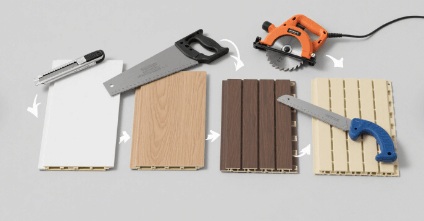
Step-by-Step Cutting Methods
1. Straight Cuts
Straight cuts form the basis of WPC wall panel installations whether you’re installing panels on the wall’s flat surface or cutting edges to the size of. For thin panels, like the solid-colored PVC bamboo fiber Start by scoring the lines 3-4 times using a sharp, utility knife. Apply firm, equal pressure to ensure that your cut gets into the layer. The scored edge should be placed on top of your workbench, and then press it down for a snapping action. the method creates a clean free of splinters, which is ideal to preserve the panel’s sleek appearance.
For panels that are thicker, such as Wood grain WPC or Great Wall Board, a circular saw equipped with carbide-tipped blades is essential. Make sure the blade’s thickness is 2 millimeters more than the thickness of the panel in order to ensure that cuts aren’t sloppy. Keep the saw’s base straight against the panel and then cut slowly in the direction of the line. Over-cutting could cause the saw to be tangled, especially on panel that is structured like Great Wall Board. The blade should be aligned with the grooves of the panel to maintain its raised appearance that will ensure both function as well as aesthetics.
2. Angled Cuts
Cuts with angles (typically 45°) are crucial to ensure seamless corners typical in installations that have decorative WPC panels, such as the cloth grain veneer. Utilize a protractor to define the angle in a precise manner, then clamp the panel into miter saw to ensure precision. Adjust the saw to the preferred angle, secure the panel securely and then make an even cut. This works particularly for rigid or thick panels.
If you are using handsaws (ideal for small-scale projects) use a clamping wood guide-block (cut at the precise angle) in the direction of the line to keep the saw in the right direction. Cut slowly and apply constant pressure to stop the saw from wandering. This is crucial to ensure the integrity of bamboo fibre WPC panels that can split if handled with care.
3. Curved Cuts
Curved cuts are crucial to navigate obstacles such as pipework or round corners frequently encountered when installing water-resistant WPC panels in kitchens or bathrooms. Use a cardboard template for tracing the curvature on the panel. This ensures accuracy, particularly for grilles with intricate or patterns.
Make a small hole in the designated area for the jigsaw to slide into. Set the jigsaw’s speed to a slow speed and allow the blade to follow the curve as it naturally. bending it could damage the surface of the panel, specifically in the case of veneer or wood grains. This technique works well when using soft WPC materials, which ensures the perfect fitting around curves.
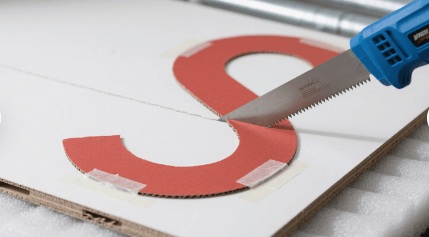
4. Notch Cuts
Notch cuts enable panels to be positioned neatly around switches, outlets or fixtures. They are essential for a clean design in any room. For WPC panels such as solid bamboo-wood fiber, draw the dimensions of the notch with pencil and then make small holes in every corner to avoid sharp edges and uneven edges.
Make use of a jigsaw to join the holes and follow the traced lines using slow controlled moves. After cutting, smooth the rough edges using 120-grit sandpaper. This will keep them from damaging or snagging the protective layer on the panel. This procedure is vital to ensure the water resistance of the anti-collision waterproof models.
Tips to Avoid Common Mistakes
✅Tip 1: Prevent Splintering
Apply masking tape along the cut line. This will help to strengthen the surface of the panel particularly important when printing or veneered panels.
✅Tip 2: Keep Blades Sharp
Blades with dull blades wear away WPC rather than cutting the material, resulting in rough edges. Replace the blades as soon as they begin to drag.
✅3 : Avoid Overheating
The power tools create heat. stop frequently to allow the panel to cool down. Overheating could cause plastic components of WPC to warp.
✅Tip 4: Test on Scrap
Make cuts with leftover pieces particularly with costly options like gold-toned and custom-patterned panels.
Conclusion
Cutting WPC wall panels with precision is crucial to a successful installation. When you’ve prepared properly, picking the proper tools for the type of panel you want to install and following these methods that will result in clean cuts that will enhance both function as well as aesthetics. If you’re installing water-resistant panels to prevent collisions in your bathroom, or decorative wood grain panels in your living space, accurate cuts will ensure that the finish is seamless.
For top-quality WPC panels designed to allow for simple cutting and lasting performance, choose Chongqing Huigong line, a leading WPC wall panel supplier in China, designed for toughness and easy installation. When you choose the right method you can ensure that your WPC wall panel will look beautiful for a long time to come.

